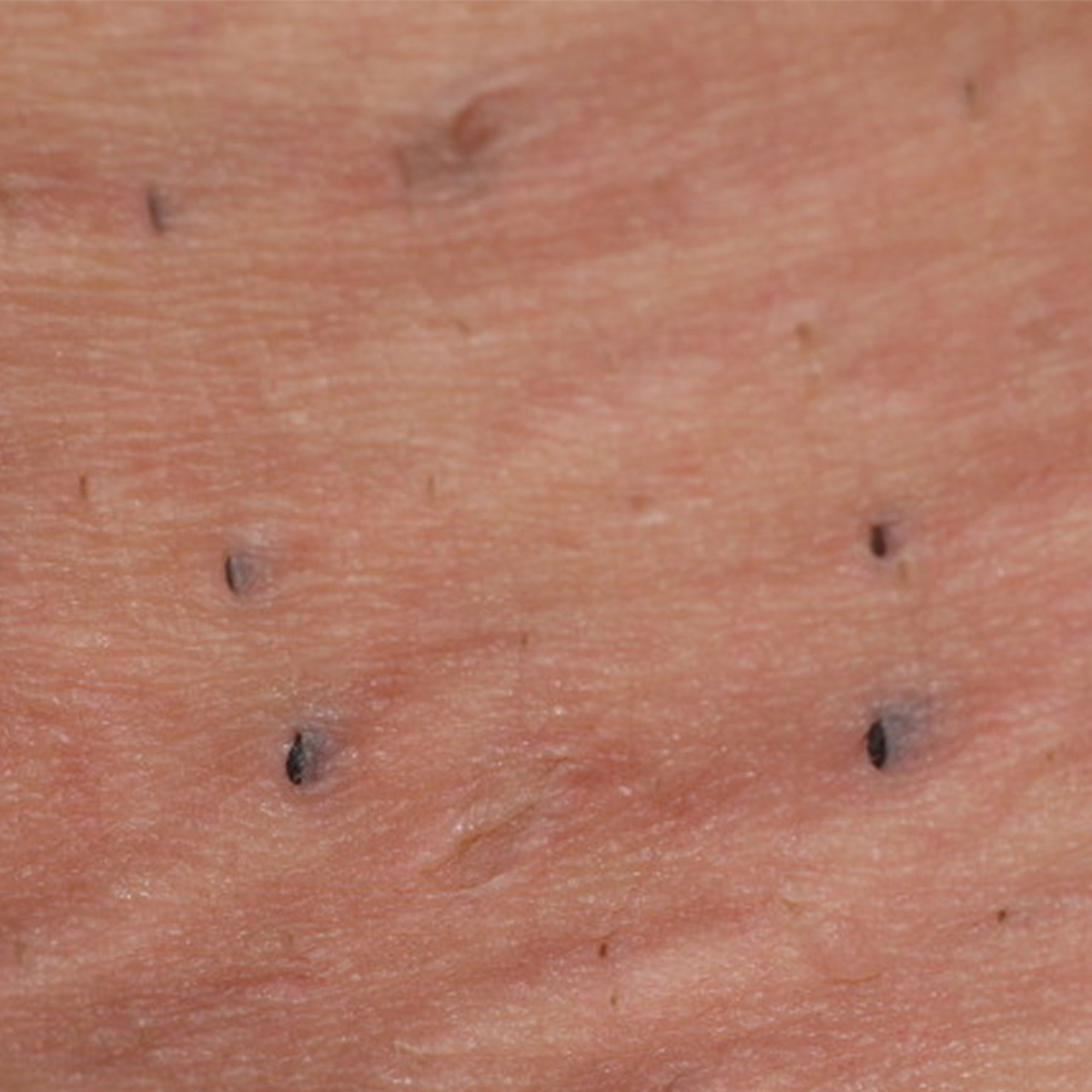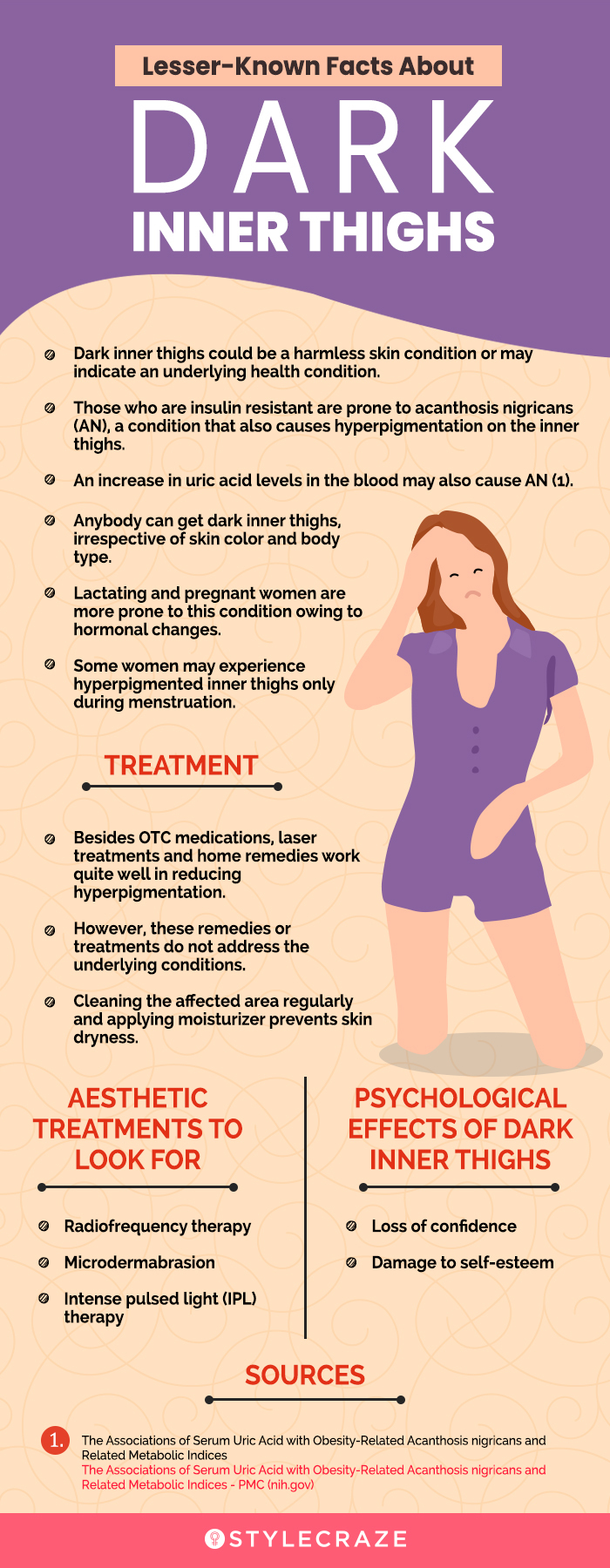Hey there, folks! If you’ve ever found yourself scratching your head—or maybe even scratching your inner thigh—over those pesky dry spots, you’re definitely not alone. Dry spots on inner thigh can pop up out of nowhere, leaving you wondering what the heck is going on with your skin. Whether it’s due to weather changes, hygiene habits, or something more serious, understanding the root cause is key to fixing the issue. So, let’s dive into the nitty-gritty of why this happens and how you can tackle it.
You might be thinking, “Why is this happening to me?” or “Is it just me, or do others deal with this too?” The answer is simple: it’s super common, and you’re definitely not the only one dealing with dry patches on your inner thighs. But here’s the good news—there are plenty of ways to manage and prevent them. Stick with me, and we’ll uncover everything you need to know.
From figuring out the causes to exploring treatments and preventive measures, this article will give you all the tools you need to say goodbye to those annoying dry spots. Let’s get started!
Table of Contents
- What Causes Dry Spots on Inner Thigh?
- Common Symptoms of Dry Spots
- How to Diagnose Dry Spots
- Effective Treatments for Dry Spots
- Preventive Measures to Avoid Dry Spots
- Lifestyle Changes for Better Skin Health
- Best Moisturizers for Inner Thighs
- Home Remedies to Try
- When Should You See a Doctor?
- Expert Tips for Maintaining Healthy Skin
What Causes Dry Spots on Inner Thigh?
Let’s start by breaking down the main culprits behind those dry spots on your inner thigh. It’s not just one thing that can cause them; there are a bunch of factors at play. Here’s a quick rundown:
Environmental Factors
Cold weather, low humidity, and exposure to harsh winds can wreak havoc on your skin. Your inner thighs, being a sensitive area, are particularly vulnerable to these environmental changes. If you live in a place where the air is super dry, you might notice your skin reacting more.
Hygiene Habits
Over-washing or using harsh soaps can strip your skin of its natural oils, leaving it dry and irritated. On the flip side, not cleaning the area enough can lead to buildup and clogged pores, which can also contribute to dry patches.
Medical Conditions
Sometimes, those dry spots could be a sign of an underlying condition like eczema, psoriasis, or even fungal infections. If you notice persistent dryness or itching, it might be worth looking into whether you have one of these conditions.
Common Symptoms of Dry Spots
Now that we’ve covered the causes, let’s talk about what dry spots on inner thigh actually look and feel like. Here’s what you might experience:
- Flaky Skin: Dry patches often flake off, leaving your skin looking rough and uneven.
- Itchiness: If it’s itchy, you might find yourself scratching the area more often than you’d like.
- Redness: Inflammation can cause the affected area to turn red or irritated.
- Tightness: Dry skin can feel tight or uncomfortable, especially after showering.
These symptoms can vary depending on the severity of the dryness and the underlying cause. Keep an eye out for these signs so you can take action early.
How to Diagnose Dry Spots
Figuring out exactly what’s causing those dry spots can be tricky, but there are a few ways to narrow it down. Here’s how you can diagnose the issue:
Self-Assessment
Take a closer look at your lifestyle and habits. Are you using harsh soaps? Do you live in a dry climate? These questions can help you pinpoint potential causes. Plus, keeping a skin diary can be super helpful in tracking changes over time.
Consulting a Dermatologist
If self-assessment doesn’t give you clear answers, it’s time to see a dermatologist. They can perform tests and provide a proper diagnosis, especially if the dry spots are linked to a medical condition.
Effective Treatments for Dry Spots
Once you’ve identified the cause, it’s time to treat those dry spots. Here are some effective methods to get your skin back on track:
Topical Creams
Over-the-counter creams containing ingredients like hydrocortisone or ceramides can help soothe irritation and restore moisture. Just make sure to follow the instructions carefully.
Prescription Medications
If the dry spots are caused by a condition like eczema or psoriasis, your doctor might prescribe stronger medications to manage the symptoms. Don’t skip this step if you think you need professional help.
Preventive Measures to Avoid Dry Spots
Prevention is always better than cure, right? Here’s how you can keep those dry spots at bay:
- Moisturize Regularly: Keep your skin hydrated by applying a good moisturizer daily.
- Use Gentle Cleansers: Opt for soaps and body washes that are free from harsh chemicals.
- Stay Hydrated: Drink plenty of water to keep your skin hydrated from the inside out.
- Avoid Prolonged Hot Showers: Hot water can strip your skin of its natural oils, so keep showers short and lukewarm.
By incorporating these habits into your routine, you’ll be less likely to deal with dry spots in the future.
Lifestyle Changes for Better Skin Health
Your lifestyle plays a huge role in the health of your skin. Here are some changes you can make to improve overall skin health:
Dietary Adjustments
Eating a balanced diet rich in vitamins and antioxidants can boost your skin’s health. Foods like avocados, nuts, and leafy greens are great for maintaining skin elasticity and hydration.
Exercise
Regular physical activity promotes blood circulation, which helps deliver nutrients to your skin cells. Plus, it reduces stress, which can also affect your skin’s condition.
Best Moisturizers for Inner Thighs
Not all moisturizers are created equal, especially when it comes to sensitive areas like your inner thighs. Here are some top picks:
- CeraVe Moisturizing Cream: Known for its hydrating properties, this cream is a favorite among dermatologists.
- Eucerin Advanced Repair Lotion: Packed with ceramides and hyaluronic acid, it’s perfect for restoring dry skin.
- Aveeno Daily Moisturizing Lotion: Made with natural colloidal oatmeal, it soothes irritation and locks in moisture.
Choose a moisturizer that suits your skin type and stick with it for best results.
Home Remedies to Try
Who says you need fancy products to fix dry spots? Here are some home remedies you can try:
Oatmeal Baths
Soaking in a tub with colloidal oatmeal can soothe irritated skin and reduce inflammation. It’s like giving your skin a spa day at home.
Coconut Oil
Rich in fatty acids, coconut oil can deeply moisturize your skin and promote healing. Just be careful not to overdo it, as it can clog pores in large amounts.
When Should You See a Doctor?
While most cases of dry spots on inner thigh can be managed at home, there are times when you should seek medical attention. If you notice any of the following, it’s time to see a doctor:
- Persistent or worsening symptoms
- Signs of infection, such as pus or fever
- Severe itching or pain
Your health is important, so don’t hesitate to get professional advice if needed.
Expert Tips for Maintaining Healthy Skin
Here are a few final tips to keep your skin in tip-top shape:
- Stick to a consistent skincare routine.
- Avoid scratching dry areas, as it can worsen the condition.
- Wear breathable fabrics to prevent irritation.
- Get regular check-ups with your dermatologist.
By following these tips, you’ll be well on your way to smooth, healthy skin.
Conclusion
So there you have it, folks! Dry spots on inner thigh might seem like a small issue, but they can be a real nuisance if left untreated. By understanding the causes, symptoms, and treatments, you can take control of your skin health and prevent future problems.
Now it’s your turn! If you’ve tried any of the tips or remedies mentioned here, let us know in the comments below. And don’t forget to share this article with your friends who might be dealing with the same issue. Together, we can all achieve smoother, healthier skin. Cheers! 👏


